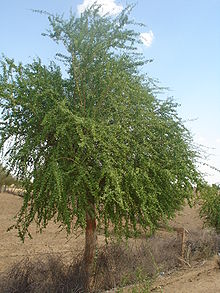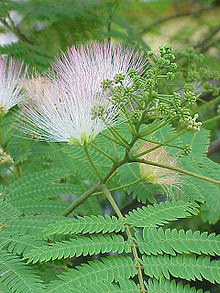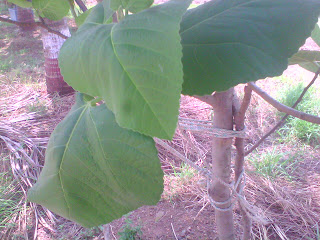Diospyros montana, commonly known as the "Himalayan persimmon" or "wild ebony," is a species of tree native to the Himalayan region and other parts of South Asia. It belongs to the family Ebenaceae. Here are some key characteristics and uses of Diospyros montana:
1. Appearance:
Diospyros montana is a medium-sized to large evergreen tree that can reach heights of up to 30 meters.
The leaves are simple, alternate, and elliptical to oblong in shape, with a glossy dark green color.
The tree produces small, inconspicuous flowers that are typically greenish-white in color.
2. Fruit:
The fruit of Diospyros montana is known as the "Himalayan persimmon."
It is a small, round fruit that turns yellow or orange when ripe.
The fruit is edible and has a sweet and slightly astringent taste.
In some regions, the fruit is consumed fresh or used in making jams and preserves.
3. Timber:
The wood of Diospyros montana is highly valued for its durability and strength.
It is used in various applications, including making furniture, cabinetry, and agricultural implements.
The wood is often referred to as "ebony" due to its dark and dense nature.
4. Traditional Uses:
Different parts of the tree, including the bark and leaves, have been used in traditional medicine in various cultures for their potential medicinal properties.
In some traditional practices, the bark has been used to treat digestive issues and skin conditions.
5. Environmental Role:
Diospyros montana plays a role in supporting local ecosystems by providing habitat and food for various wildlife species.
6. Conservation:
The tree species is not considered globally threatened, but localized overharvesting for timber and habitat loss in some regions may warrant conservation efforts.
7. Cultural Significance:
In some regions, the tree holds cultural and religious significance and may be associated with traditional practices and beliefs.
Diospyros montana is a versatile tree with a range of practical uses, including its timber, edible fruit, and potential medicinal applications. Its durable wood and cultural significance make it an important species in various parts of South Asia, including the Himalayan region.
Common names :Tendu , Balkuniki , Temburni.
seasonal tree, throughout the deciduous |
tin State, common on the N. Kanara Ghats. Fruit globosi
I large cherry, yellow when ripe, bitter, not edible.






